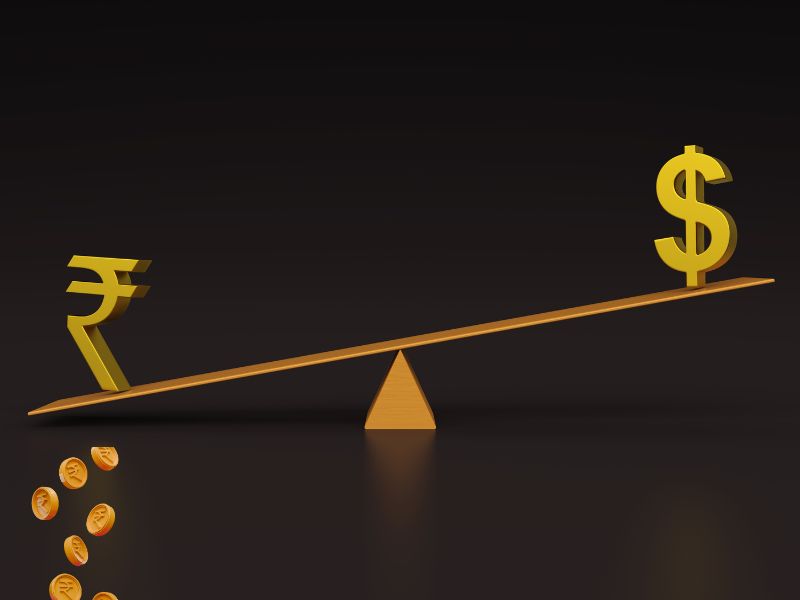.png)
May 22, 2025 at 11:17 AM IST
The Reserve Bank of India emerged as a significant net buyer in the foreign exchange market in March 2025, purchasing $14.36 billion worth of foreign currency. This was the highest monthly net purchase since June 2021 and broke a five-month streak of net dollar sales. The surge reflects a strategic shift in India’s foreign exchange management, likely aimed at rebuilding reserves and stabilising the rupee amid a turbulent global environment.
The financial year 2024–25 witnessed unprecedented churn in the forex market. On a gross basis, the RBI sold a record $398.71 billion, significantly higher than the $153.03 billion sold in the previous year and the prior record of $212.57 billion in 2022-23. Simultaneously, gross purchases rose to a historic $364.20 billion, indicating aggressive two-way intervention. These operations resulted in a net dollar sale of $34.51 billion — the second-highest annual net outflow since the global financial crisis of 2008–09.
A substantial portion of the March buying spree can be attributed to the RBI’s $10 billion, three-year dollar/rupee buy-sell swap auction. This suggests a preference for using derivatives alongside traditional spot market interventions. The RBI also remained active in the forward markets, although its net short dollar position declined slightly to $84.35 billion from February’s record $88.75 billion. This measured unwinding signals a cautious approach to managing future currency obligations.
The intensity of these interventions also has a fiscal side: higher churn often translates to increased trading income for the central bank. This offers the RBI a bandwidth to transfer higher surplus to the government.
As per reports, the RBI board may discuss the surplus transfer on Friday. Citi has projected the transfer could reach as high as ₹4 trillion, nearly double of last year’s payout of ₹2.1 trillion.
India’s forex reserves stood at $690.6 billion as of May 9, 2025 — providing import cover for over 11 months and covering 96% of the country’s external debt as of December 2024. This robust reserve position enhances India’s macroeconomic stability and boosts investor confidence.





